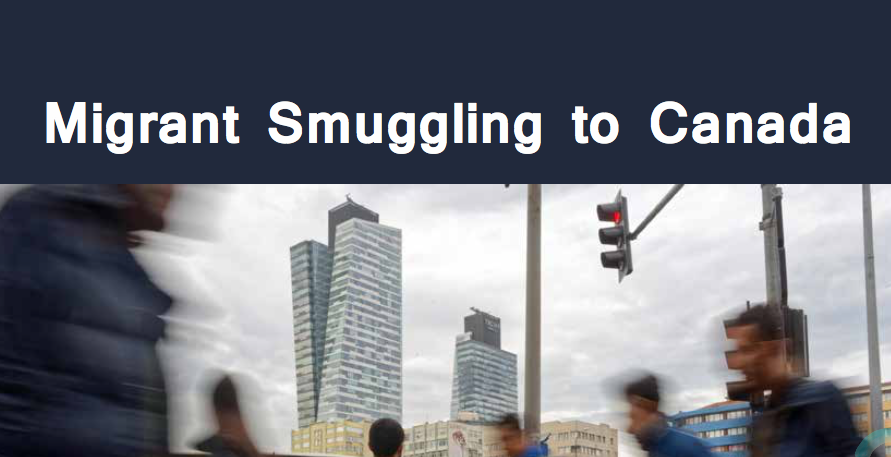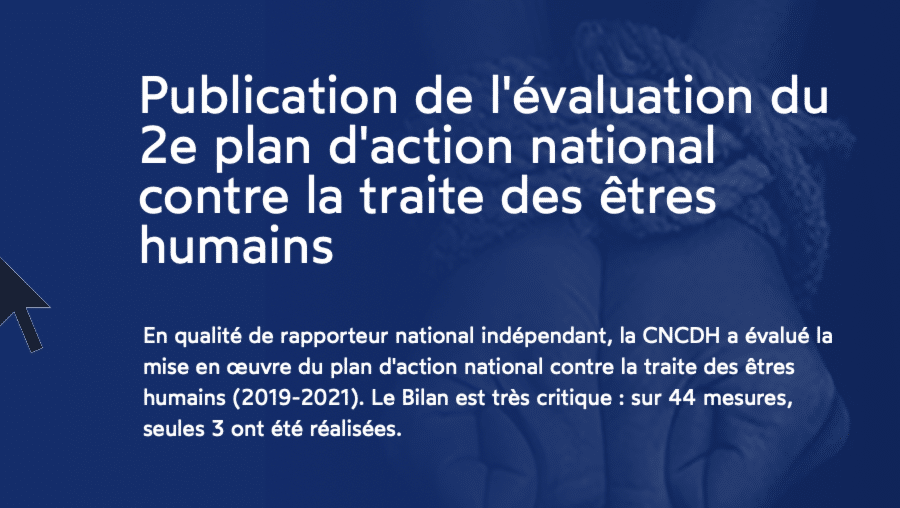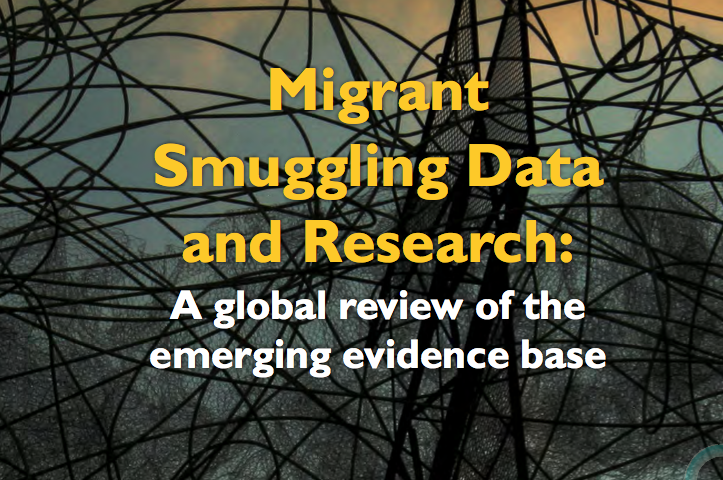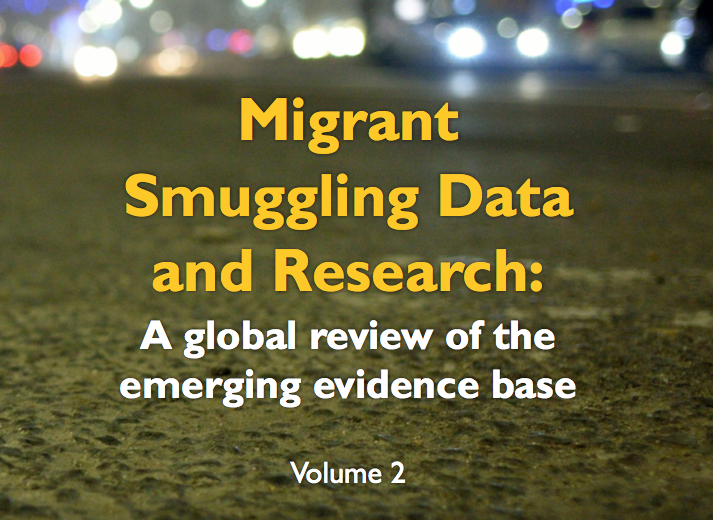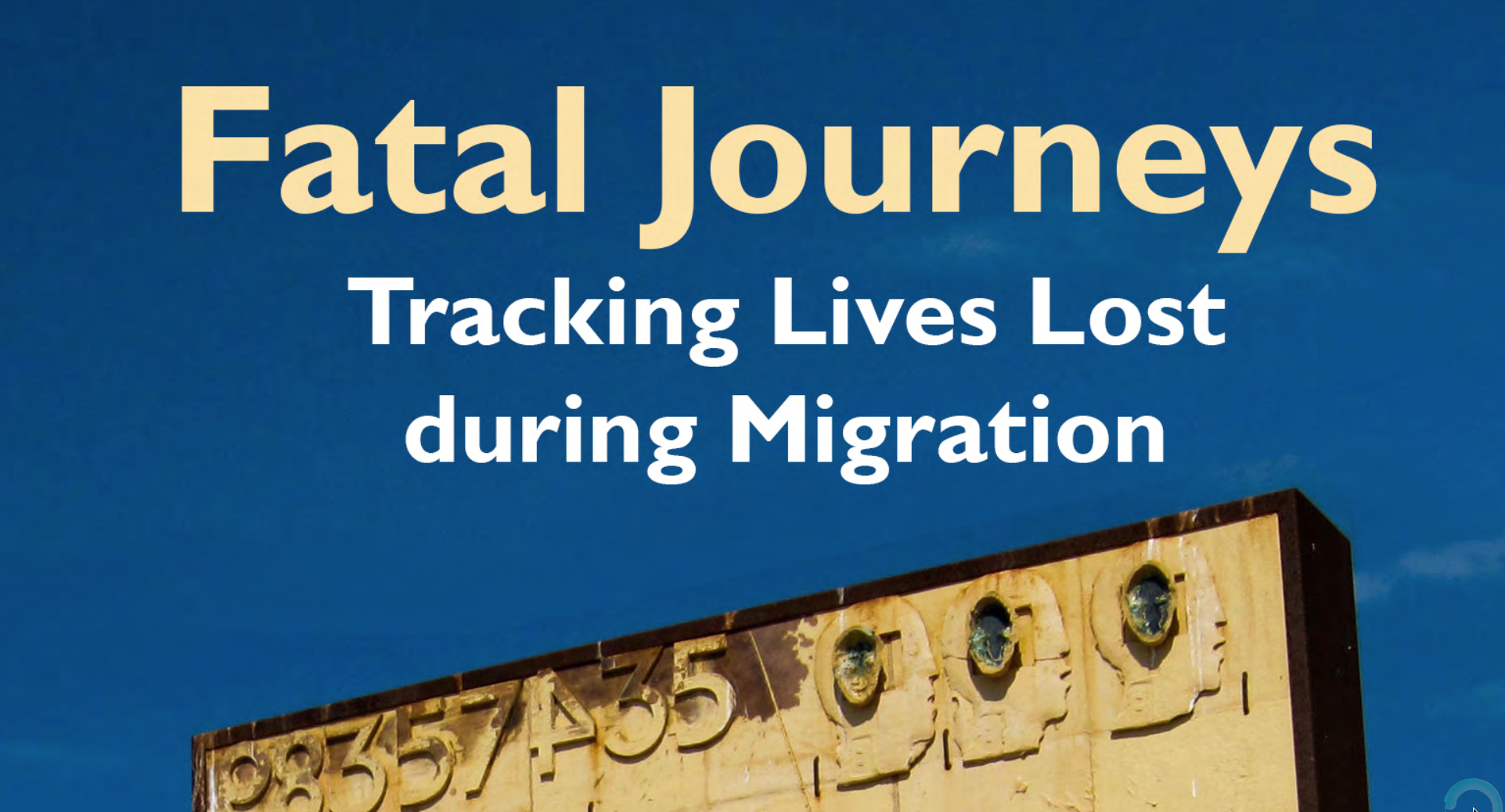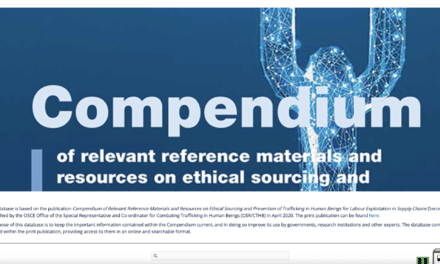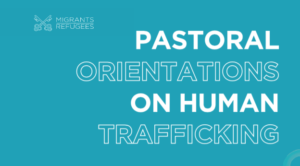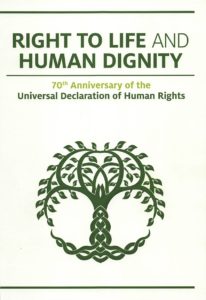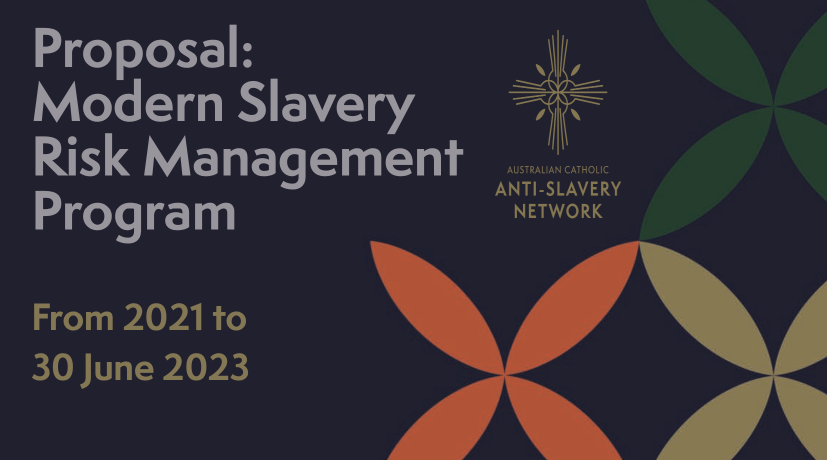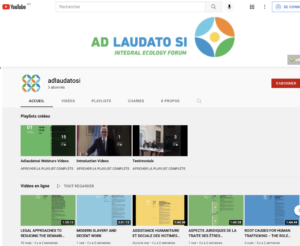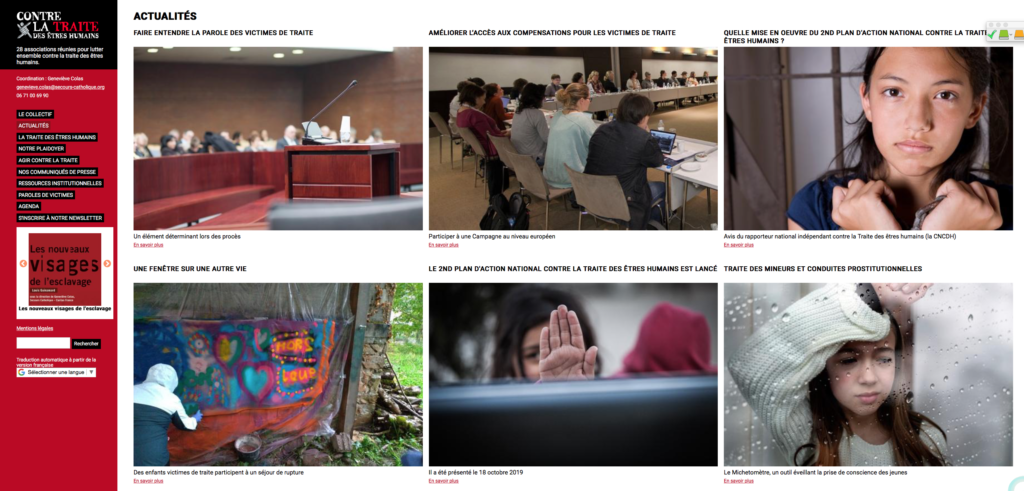The study focuses on assessing migrant vulnerabilities, protection needs and exposure to exploitation before migration, during their transit and upon arrival through a qualitative research based on migrants’ experiences of irregular migration to Canada – with a focus on Afghan and Syrian migrants.
The objectives of this study are to map out of the characteristics of the current and developing smuggling networks that have Canada as a final destination and assess the vulnerabilities and exploitation that migrants are exposed to during their journeys.
- List of figures and table
- List of acronyms
- Glossary of key terms
- 1. INTRODUCTION
- 1.1. Project background
- 1.2. Methodology
- 1.3. Limitations and constraints
- 1.4. Structure of the report
- 2. CONTEXT OF MIGRANT SMUGGLING
- 2.1. Approaches to addressing migrant smuggling
- 2.2. Nature of migrant smuggling
- 2.3. Political environment and context
- 3. MIGRANT THRESHOLDS
- 3.1. The diversity of profile of migrants
- 3.2. Indifference threshold
- 3.3. Locational threshold
- 3.4. Trajectory threshold
- 4. PREPAREDNESS AND RESOURCE MOBILIZATION
- 4.1. Level of information about Canada during decision-making
- 4.2. Relying on the smuggler
- 4.3. Relying on other actors
- 5. VULNERABILITIES AND EXPOSURE TO EXPLOITATION
- 5.1. Definition: Vulnerability and exploitation
- 5.2. Trends in vulnerabilities and exposure to exploitation
- 5.3. Implications for protection
- 6. ASPIRATIONS
- 6.1. Then and now
- 6.2. Looking to the future
- 7. RECOMMENDATIONS
- 7.1. Recommendations for Member States, governments, international organizations and other stakeholders
- 7.2. Framework for protection programming in contexts of transit
- 7.3. Recommendations for the use of complementary approaches and non-traditional response
- 7.4. Recommendations to strengthen the ecosystem that protects migrants
- Annex
- Interviewee list
- Bibliography

